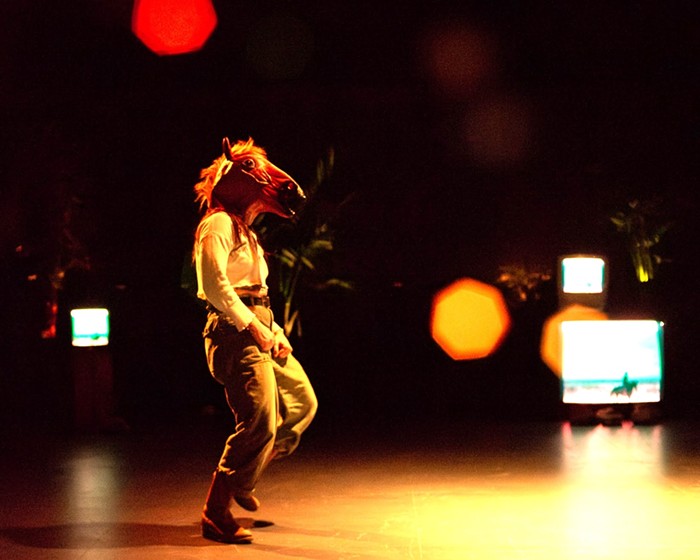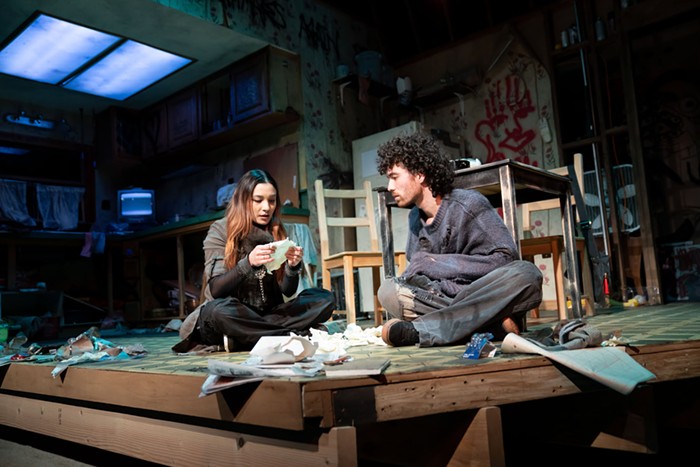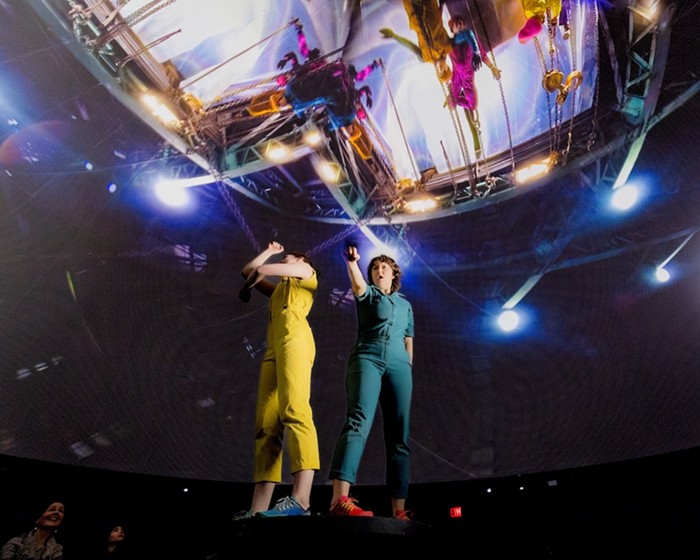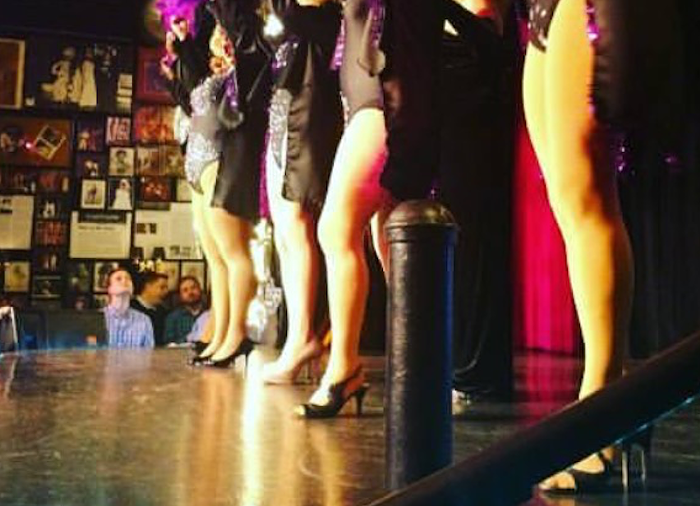THE INSPIRATION FOR CoHo Productions' contribution to this year's Fertile Ground festival, Charlotte Perkins Gilman's 1892 short story, "The Yellow Wallpaper," is widely considered one of the hallmarks of early feminist literature. Based on her own experiences with a diagnosis of postpartum psychosis, and a prescription—for a so-called "rest cure"—that she believed brought her closer to a breakdown, Gilman's story is told by an unnamed narrator confined to an upstairs bedroom in a rented home for the summer. Isolated "for her own good,"
The narrator, here called "Charlotte" (see what they did there?), becomes obsessed with the yellow wallpaper in the bedroom, which initially disturbs and comes to fascinate her as her mental health deteriorates.
Charlotte's husband, John, also her doctor, was drawn to her intelligence and ambition when they met, but now sees her as a fascinating (and frustrating) medical case. As Charlotte begins to actually lose her mind, the longer she spends in the room—deprived of books, work, and purpose—the play begins to take a seriously creepy turn. There's a woman who emerges and retreats into the wallpaper, who looks like Charlotte (but also oddly like the girl from The Ring).
CoHo presents a fairly successful adaptation that pays tribute to the original work while adding details that complement it (Charlotte's professional aspirations; a strong female friendship with John's sister, Jenny; a realistic if exasperating portrait of a marriage). There are some truly brilliant curatorial choices, as when John reads Robert Browning's poem "Life in A Love" aloud to Charlotte ("Escape me? Never—Beloved! While I am I, and you are you... While the one eludes, must the other pursue"). However, if the purpose of the original story was to show how a woman's mental illness is exacerbated by misguided treatment, what is the implication of portraying this insanity in a sensationalized and disturbing way? By the play's end, Charlotte has peeled off the wallpaper, ripped off chunks of plaster, and reveals a hole full of crumbled dirt, into which she ultimately disappears. It's disappointing that the play focuses on Charlotte's madness (creepy music, the Ring lady, maniacal chanting) rather than the reason for her madness—patriarchal approaches to medicine that pathologized women's health. The idea that madness is sometimes a rational—and inevitable—response to patriarchy seems somewhat lost among all the crazy.


















